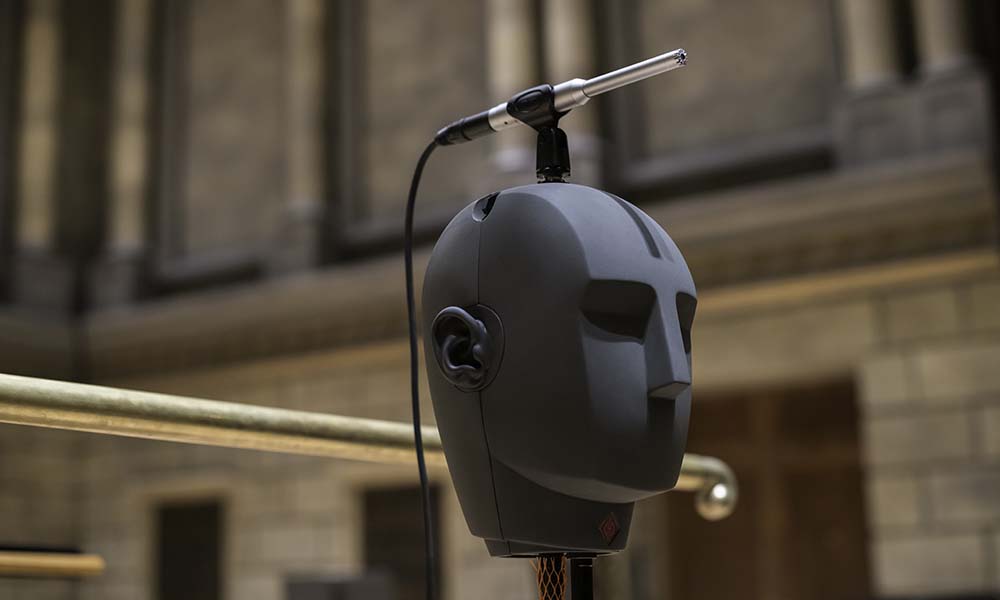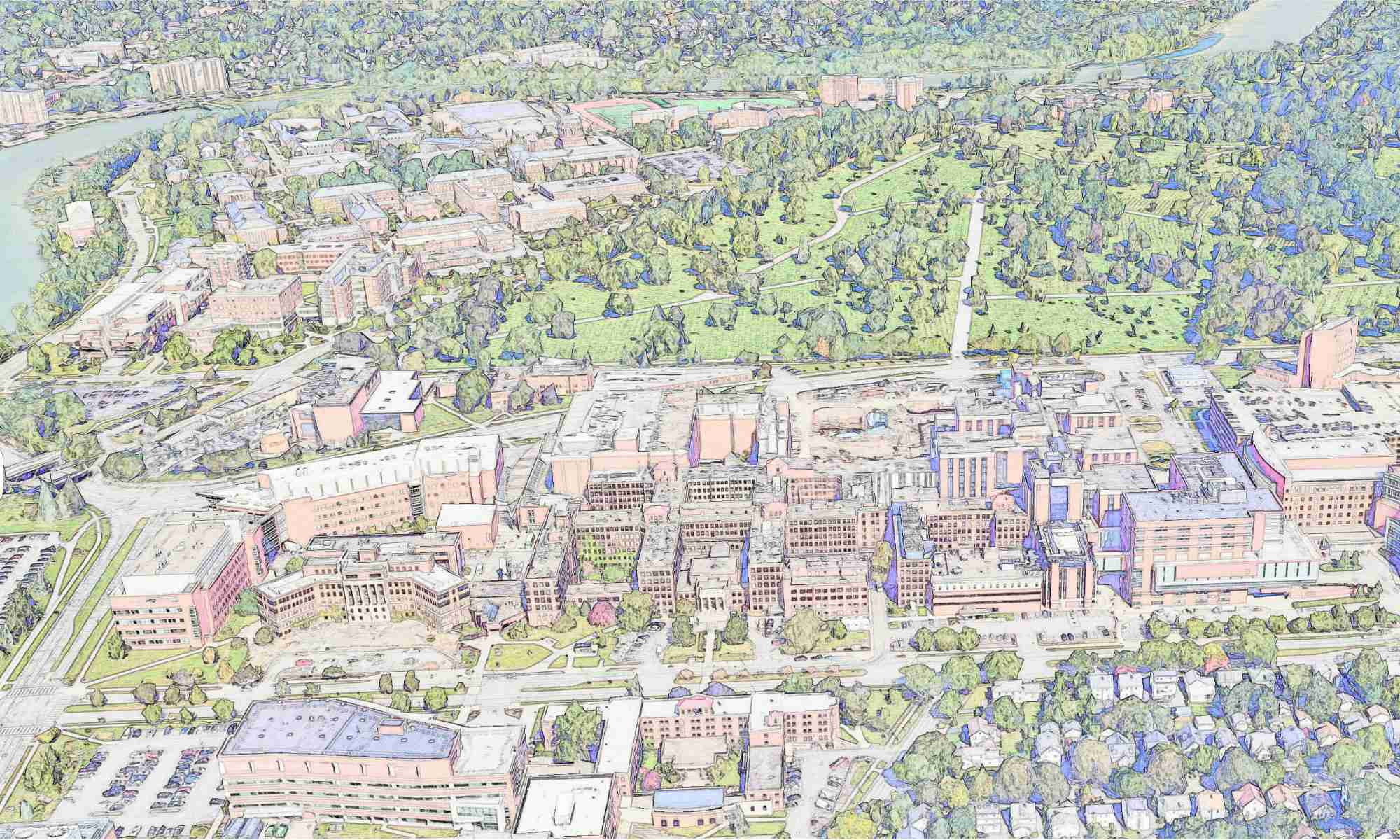For decades, the I.M. Pei–designed building has been a place to study, eat, dance, play billiards or violin, put out a newspaper, and even stage a student protest or two.
When a $9.5 million student union opened on the River Campus on April 4, 1976, three months before the United States Bicentennial celebration, the building’s famed architect, I.M. Pei, offered a vision to match his grand design.
“It will be a place to be, and a place to remember,” Pei predicted. “Ultimately, you will be the judge.”
Today, the building, Wilson Commons, has become a centerpiece of campus life—a place to study, eat, dance, drink coffee (and, at one time, beer), get a haircut, play billiards or violin, put out a weekly newspaper, and even stage a student protest or two.
“Wilson Commons is one of the few places on campus that is truly indicative of our student body’s diversity,” says Samantha Lish ’16, a double major in public health and English from South Salem, New York. As administrative chair of the Campus Activities Board, Lish says she has spent more time at Wilson Commons than any building on campus. “I’ve pulled all-nighters in the CAB office working on last-minute Dandelion Day plans and spent hours in Starbucks,” she says. “Some of my fondest memories have been in Wilson Commons.”
Another architectural feather in the cap of I.M. Pei
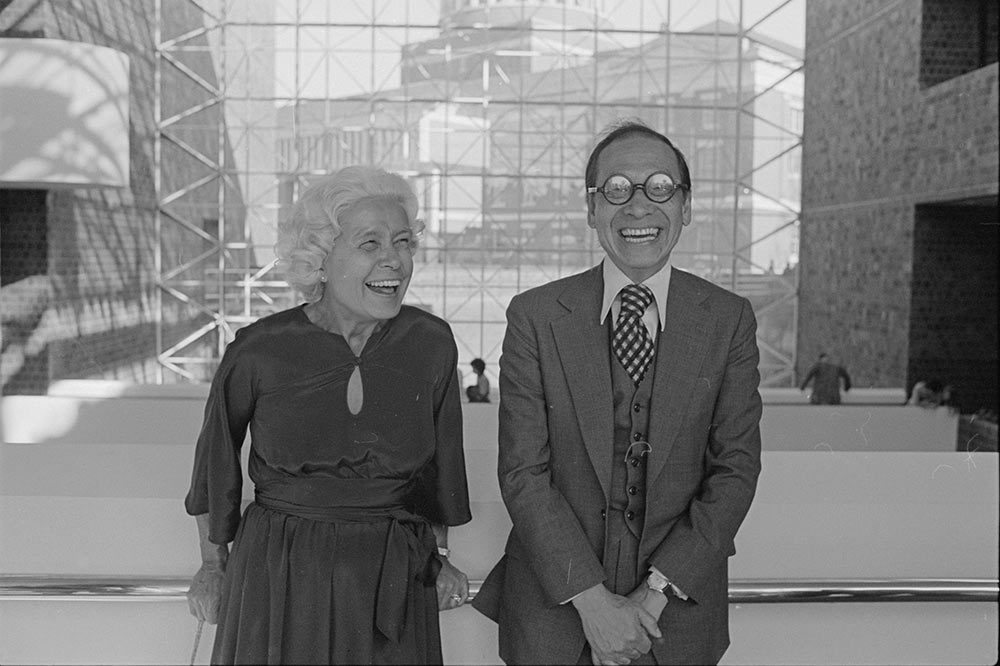
Perhaps best known by its honeycombed windows, which were laid diagonally to put the tower of Rush Rhees Library in focus, Wilson Commons is shaped like a trapezoid—rumors have persisted for years that it was built to look like a giant pinball machine.
Pei said he took “particular pleasure in seeing the building used in the way Mr. Joseph Wilson had envisioned it and in a way we designed it: as the center of University life.”
“That is the landmark center of identity,” the Chinese-American architect, who died in 2019, said. Today, I.M. Pei buildings include the John F. Kennedy Library in Boston, the Bank of China Tower in Hong Kong, the National Gallery of Art in Washington, DC, and the Louvre Pyramid in Paris.
Pei wanted an open look for the building, commenting in 1976 that “there’s nothing more static and oppressive than large, monumental windowless space.”
He brought in plenty of trees and plants, believing that people would “congregate if nature is brought inside.” That desire led to some fame—and a little mystery—when the building celebrated its 10-year anniversary in 1986.
A New York Times article that year ranked Wilson Commons as the second-best student union in the country, behind the University of Texas. The article included a cartoon with a lizard wearing a Rochester sweatshirt.
When Wilson Commons opened, podocarpus trees were shipped in from Florida but failed to acclimate and soon died. As the legend goes, one of the trees showed up bearing a lizard, who scampered off to campus parts unknown.
“Nobody knows today exactly where the little guy wandered off to,” Rochester spokeswoman Jan Fitzpatrick said in 1986, “but it’s reassuring to know that he or she has achieved immortality in the New York Times.”
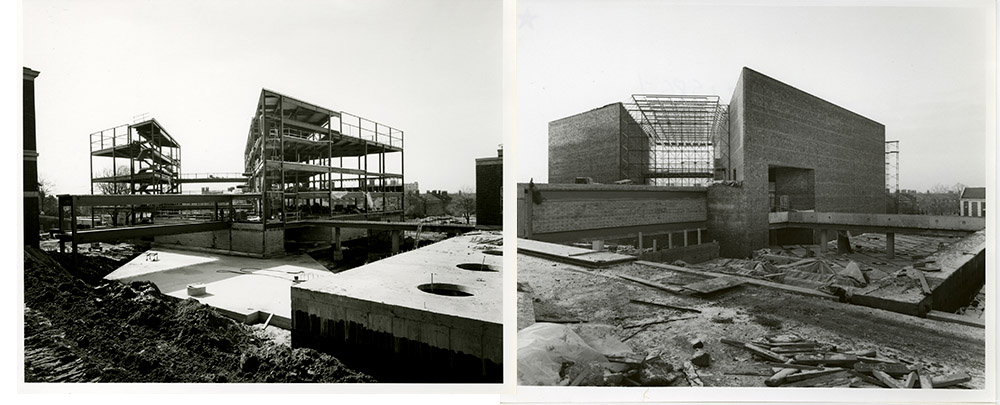
An integral part of student life through the years
A hub of campus dining, the eateries in Wilson Commons in recent years feature everything from burgers, chicken tenders, and fries to burrito bowls, orange chicken, pizza, and soups, salads, and desserts in a ground-level area now known as “The Commons.” Rocky’s Sub Shop & Lounge is located on the ground floor in what was previously the Rathskeller (1976-86), the Common Ground Café (1986-90), Backdoor Pizza (1990), the Common Ground Café again (1990-2007), The Hive (2007-14), and then Rocky’s.
The Rathskeller was a popular bar for students, but its customers steadily decreased as New York State increased the drinking age from 18 to 19 in 1982 and then to 21 in 1985. It closed the following year.
Wilson Commons is much more than a place to eat, however. It’s a place to be seen—and heard.
“Whether it’s a social protest, students dressed in costumes or one of our many performing groups rehearsing, all of these sounds are what bring Wilson Commons to life,” says Laura Ballou ’97, Wilson Commons director. “You never know what to expect when you walk in, and that’s what I love about it.”
‘Meet me at the clock’

One early landmark was a large white clock in Hirst Lounge that existed from the opening of the building until about a decade ago.
“There was a phrase people used to say: ‘Meet me at the clock!’’’ Ballou says. “It was a phrase I used as a student and also was used to promote Wilson Commons in the late 1990s. It was an iconic part of Hirst Lounge, along with the lollypop lights.”
Until one day . . .
“We were working and just heard a loud bang,” Ballou says. “The clock had literally fallen off its base and was on the ground. It was going to be too hard to repair, and in many ways, because of its location, was in the way when there were large events there.”
A few years later, clocks representing major cities around the world were installed on the wall of Hirst Lounge as part of a senior gift, where the white clock once stood. The clocks today mark the time in New Delhi, Tokyo, Sydney, London, Paris, and Cairo.
The building is also home to the Hartnett Art Gallery, one of the few art galleries in the nation run by students and housed in a student union.
In 1979, the Rochester Democrat and Chronicle ran a story about what was “hot” during the 1970s and would remain relevant in the decades ahead.
Retractable ballpoint pens were mentioned. So was Rochester’s student union.
Wilson Commons and the legacy of a Rochester family
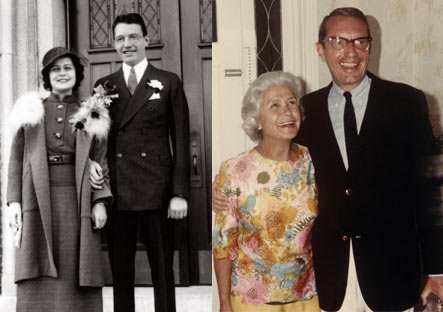
Wilson Commons was named in honor of longtime University and Rochester community philanthropists Joseph Wilson ’31, his wife, Marie (Peggy) Curran Wilson, and their family. Wilson died in New York City on November 22, 1971, five years before the campus center bearing his name opened. Peggy, who was also named to the University’s Board of Trustees, represented the family and spoke at the dedication of Wilson Commons. Hundreds of students surrounded the building on a sunny, crisp Sunday afternoon, waiting to enter after the ribbon cutting and speeches.
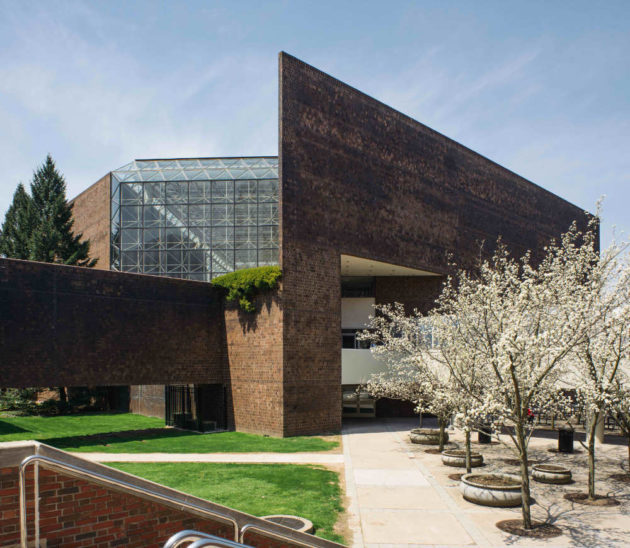
Wilson Commons is part of a noteworthy legacy at the University:
- In 1967, the Wilsons committed $20 million for a fund to support professorships throughout the University. Their gift was reported to be the largest private gift to any US university that year.
- Wilson Day, established in 1972 as a daylong series of seminars but changed in 1988 to a day of service in the community for first-year students, is also named in their honor.
- River Boulevard, the main road through the River Campus, was renamed Joseph C. Wilson Boulevard by the City of Rochester.
- At the Memorial Art Gallery, the Wilson Collection and an endowed fund set up by the Wilsons are responsible for some of the museum’s most notable works.
- A member of the University’s Board of Trustees, Joe Wilson chaired the board from 1959 to 1967. Peggy Wilson served on the board from 1975 to 1982.
- When Wilson died in 1971, he and his family had given more than $40 million to the University. The family continues the tradition of philanthropy in the Rochester area through the Marie and Joseph C. Wilson Foundation.
- The Wilson’s generosity of spirit continues on through The Wilson Society, which celebrates those individuals who have established a gift plan or included the University in their estate.
Editor’s note: A version of this story was originally published in April 2016.




